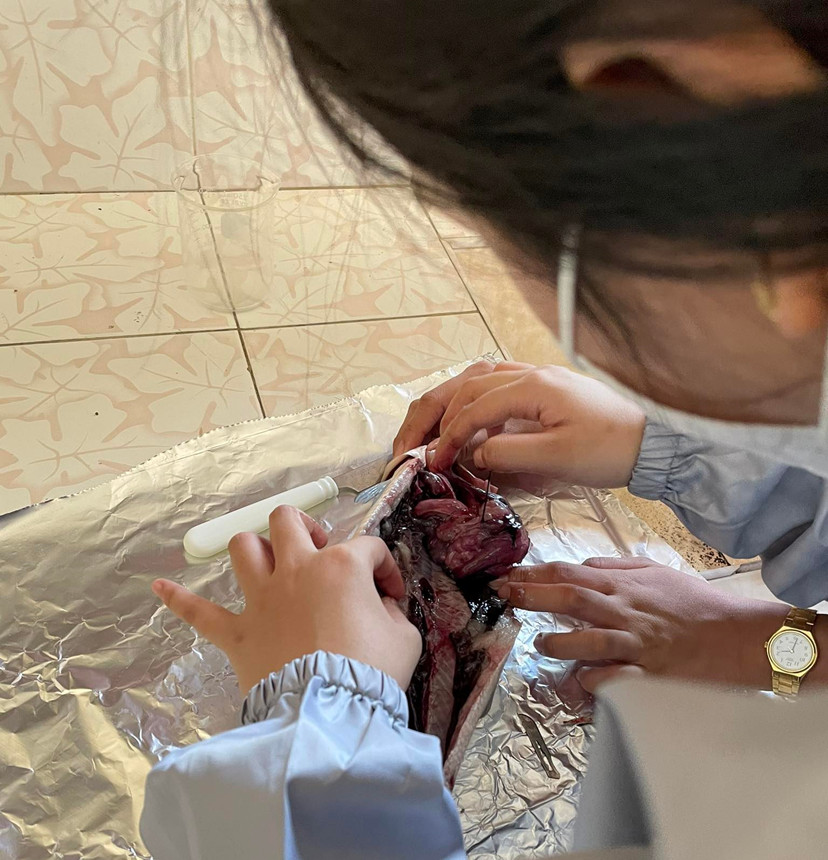By Venus Abigail D. Gutierrez

Out of the 383 extracted particles from 30 bangus individuals from sampling sites in a selected site in Mindanao, 235 were confirmed to have microplastics. This is the result of the study funded by the Department of Science and Technology-National Research Council of the Philippines (DOST-NRCP), led by Dr. Rey Y. Capangpangan, an NRCP lead researcher, found concentrations of microplastics in the fish, indicating the pervasiveness of plastic pollution in the aquatic environment.
“While microplastics themselves may not be inherently toxic, their chemical nature allows them to attract and accumulate other toxic substances on their surfaces. When microplastics with attached toxic substances are ingested, they pose a potential threat to human health”, Marybeth Hope Banda, member of the research team, said.
Microplastics have been shown to induce a sense of fullness in fish, potentially reducing their appetite and hindering their ability to consume sufficient nutrients for normal growth.
Dietary exposure to microplastics cannot be estimated. Because particle toxicity data of microplastics are not yet available, an estimation of the potential risks of microplastic particles in food is not yet possible.
The impact of ingesting microplastics for humans has yet to be determined. Its toxicity depends on how much is consumed, though some particles are small enough to penetrate human tissue.
“The Filipino people, living in an archipelagic country and relying on its fresh and marine water bodies, are at risk of ingesting microplastic-contaminated aquatic organisms. With this data, we can start to see the extent of microplastic pollution and start its mitigation”, Capangpangan said.
Capangpangan added that it is not enough to count microplastics. There’s a need to have a harmonized protocol about its toxicity threshold level to identify its effect on humans. This is why Capangpangan reaches out to other researchers in the same field to collaborate and craft a standardized protocol regarding microplastics’ effect when ingested by humans.
In the data of the Bureau of Fisheries and Aquatic Resources in 2020, milkfish production contributed 17.9% to total fisheries production and P43.5 billion to the Gross Domestic Product (GDP). The same report says that of an average Filipino household’s annual fish consumption, about 10% of the 36.8 kg is milkfish.
According to past studies, microplastics in fish may cause structural damage to the intestine, liver, gills, and brain, while affecting metabolic balance, behavior, and fertility. The degree of these harmful effects depends on the particle sizes and doses, as well as the exposure parameters.
Dr. Capangpangan’s research is one of the ongoing projects of NRCP under Saganang Pagkain para sa Lahat (SAPAT) program of the National Basic Research Agenda (NIBRA).
NRCP invites researchers, scientists, and innovators to join the Council for the 2024 Annual Scientific Conference and 91st General Membership Assembly on 12 March 2024 at the Philippine International Convention Center. (PR)
